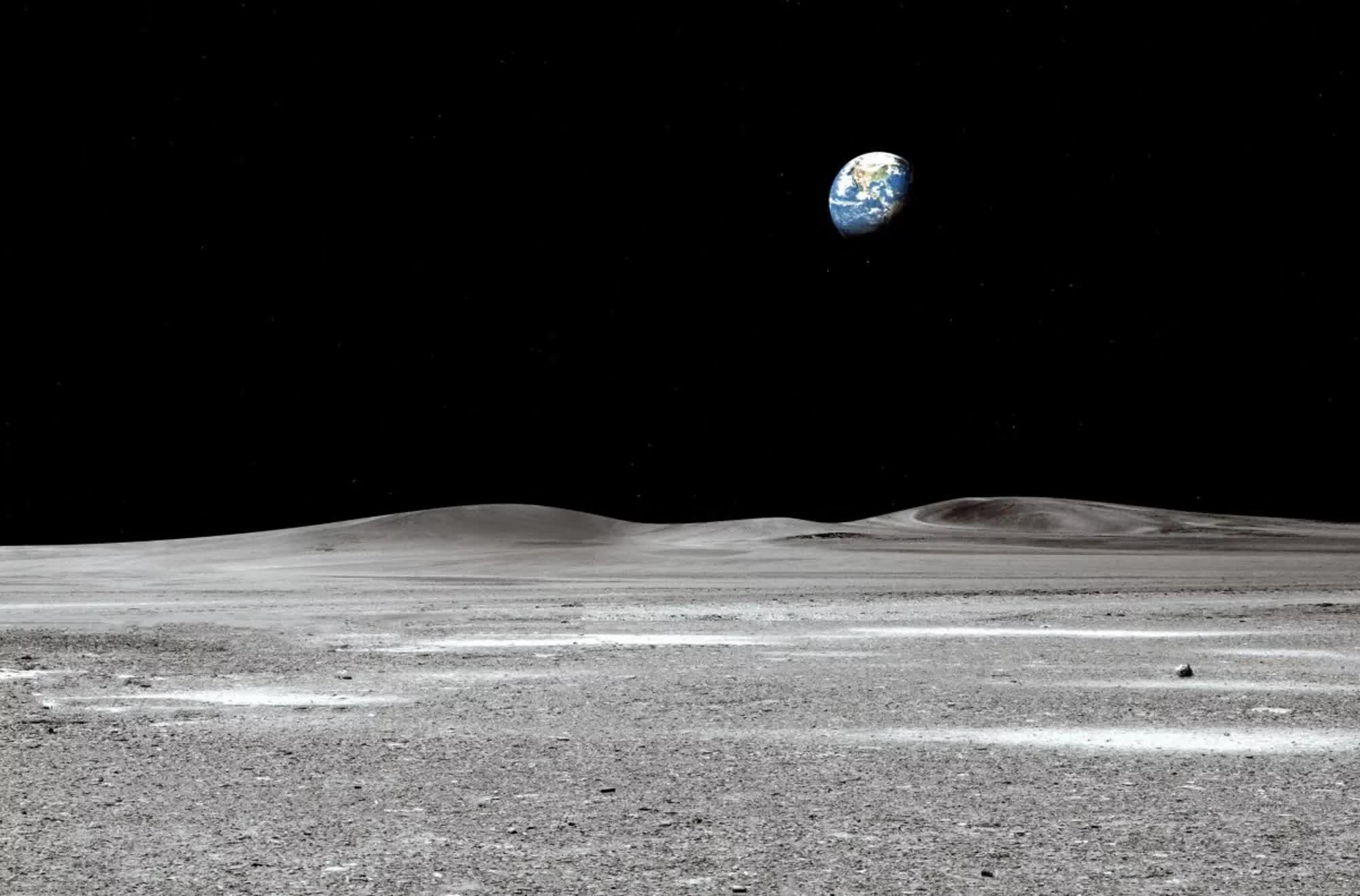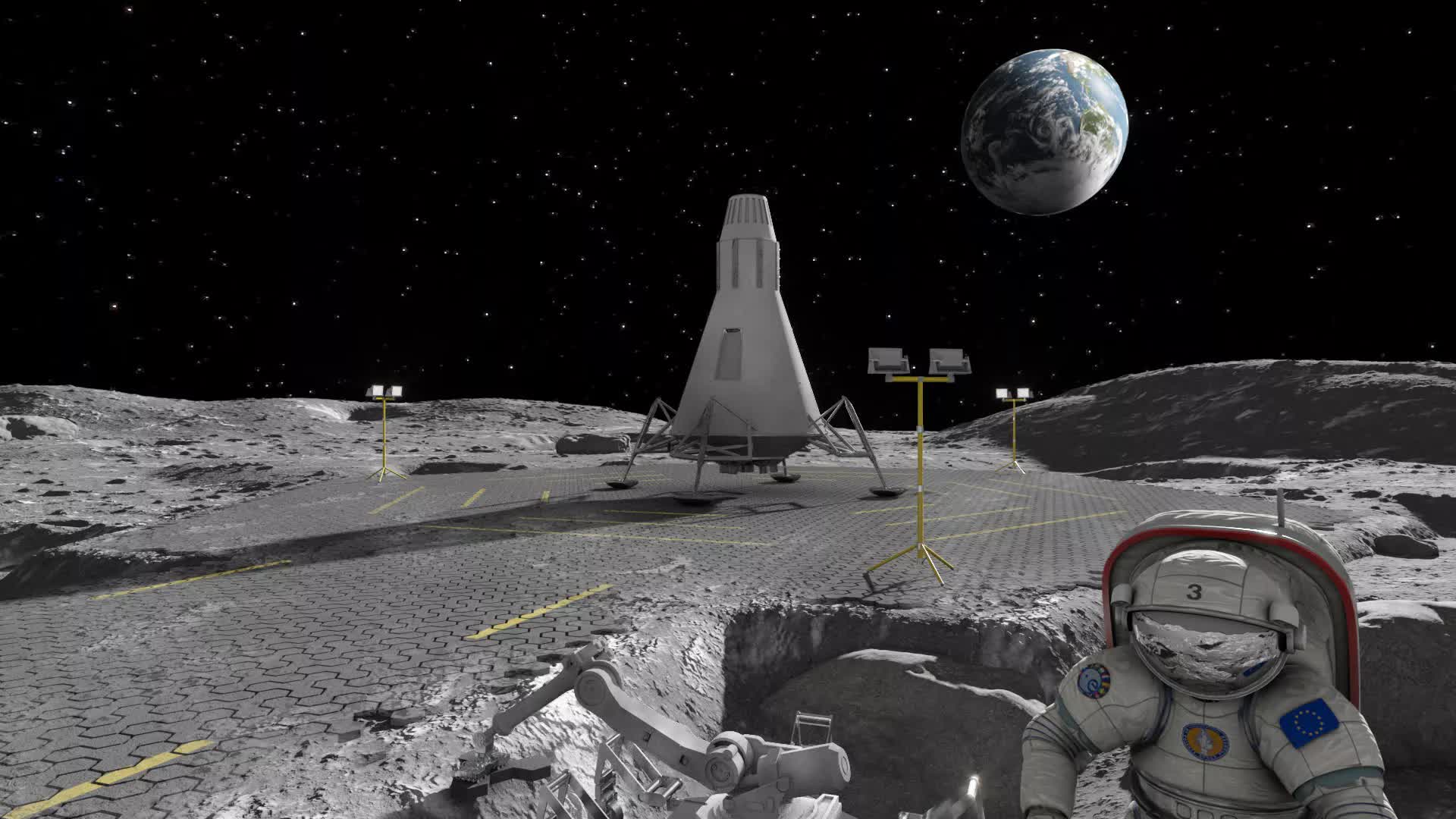Chrono conundrum: As humanity looks to establish a real presence on the lunar surface, an important question has arisen: how do we keep accurate time on the Moon? It turns out the answer is a bit complex, thanks to Albert Einstein's theory of relativity.
Back in April, the White House issued a challenge to scientists to develop a lunar time standard to support future moon bases and increase traffic between Earth and our celestial neighbor. You'd think just setting up some atomic clocks on the Moon would do the trick, but things are not so simple.
The problem stems from the fact that time flows at different rates in different environments with varying gravitational forces and motions relative to the observer, as Einstein theorized.
Scientists have already gotten a taste of this phenomenon back in 1969 with the Apollo 11 mission. When Buzz Aldrin returned to Earth, it was reported that Aldrin's personal Omega Speedmaster Professional, the official NASA-certified chronograph for crewed spaceflights, went slightly out of sync.

Now, as reported by Eos, researchers at the National Institute of Standards and Technology performed some calculations and found that lunar clocks run just a tiny bit faster. According to their results, published in the Astronomical Journal, the Moon's motion slows its clocks compared to Earth's, but its lower gravity speeds them up, resulting in a net 56-microsecond daily drift. This figure is supposedly an improvement over previous analyses.
While a 56-microsecond delay may seem negligible for everyday life, taking it into account is critical for the precision required by space navigation and communications as human exploration of the Moon ramps up. Failing to do so could lead to navigational errors as large as 17 kilometers per day, far exceeding the 10-meter requirement for Artemis missions.
The solution is implementing a lunar timing system carefully accounting for all relativistic effects like the Moon's rotation, orbital motion, gravitational forces from both bodies, and fluctuations caused by the Sun and other planets' tidal influences.
Though still years away from being essential, experts recognize the importance of establishing a timing standard well before it's actually needed to support a human presence on the Moon in the decades ahead.
"The community has done us a great service by publishing all this work. Now we have something to bring to the whole international community of timing experts and say, 'Is this the model that we can standardize for the Moon?'" Cheryl Gramling, an engineer at NASA's Goddard Space Flight Center, told Eos.
The Artemis II mission is set to take off sometime next year, building upon the success of the uncrewed Artemis I mission in 2022. It will be the first crewed flight of the Orion spacecraft and Space Launch System (SLS) rocket around the Moon.
